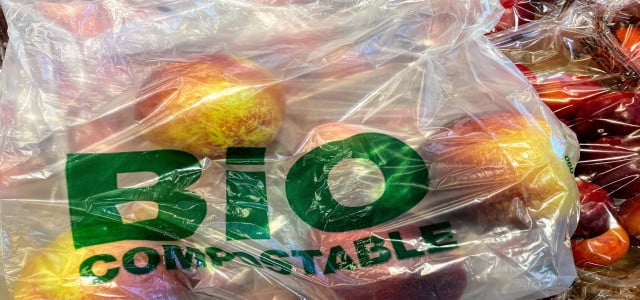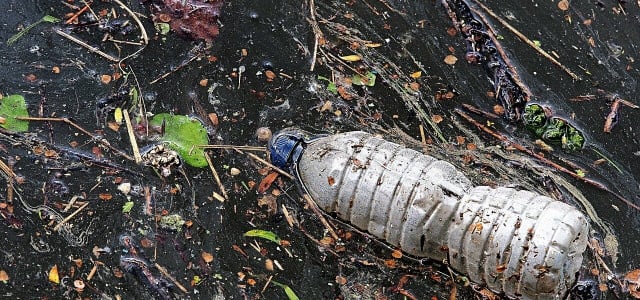Wheat straw plates are a growing alternative to plastic and other types of dishware. Here, we’ll examine whether they are a sustainable replacement for your dishes.
Wheat straw plates are made from bioplastic. Bioplastic is any plastic made from biological materials. Biological materials can vary, but the common feature is that they come from living organisms – for instance, vegetable fat, corn starch, sawdust, food waste and wheat straws.
Wheat straws come from the stem of the wheat plant. When farmers collect the heads of the straw, the stem is left over. Traditionally, this straw is cut and left to dry. Afterward, it can be used as animal bedding or feed.
However, with the growth of bioplastic, wheat straws can now be used to create biodegradable dishware, industrial parts, and many other items conventionally made from plastic. Wheat straw plastics can be made into anything from dishes and cutlery to coffee cups and food containers. They are strong, heat-resistant and lightweight, making them a great alternative to plastic dishware.
How Are Wheat Straw Plates Made?
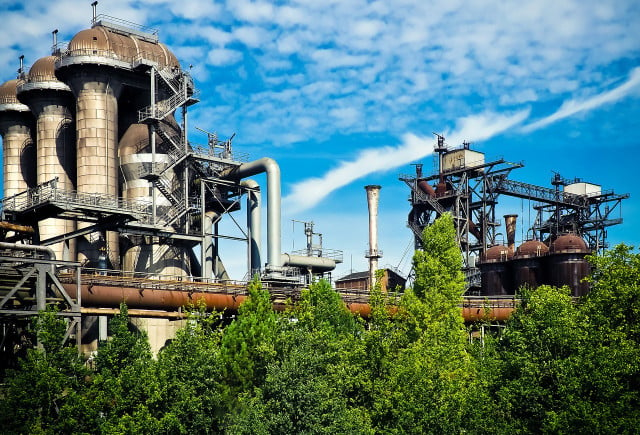


First, the straw is shredded into smaller pieces and dampened with a large quantity of water. Then, they are fed through an industrial separator to remove sand, leaves and debris.
The wet wheat straw is processed in a pressure-based mill. Inside the mill, a grinding disk applies pressure and friction to the material. The temperature increases as the pressure rises. A small amount of acid is then added to break the straw down even further.
This process removes impurities and leaves behind a pure cellulose substrate. Cellulose, a mulch-like substance, is a type of fiber found in plants. It is separated once more and can now undergo the process of dehydration to form a dry, powdery material.
Finally, a small amount of water is added to the powder and poured into a mold. The result is a biodegradable wheat straw plate.
However, in the case of harder plastics, the substance will often undergo further steps to add longevity and durability to the product. We’ll discuss what effects this has on the sustainability of wheat straw plates, below.
Are Wheat Straw Dishes Sustainable?
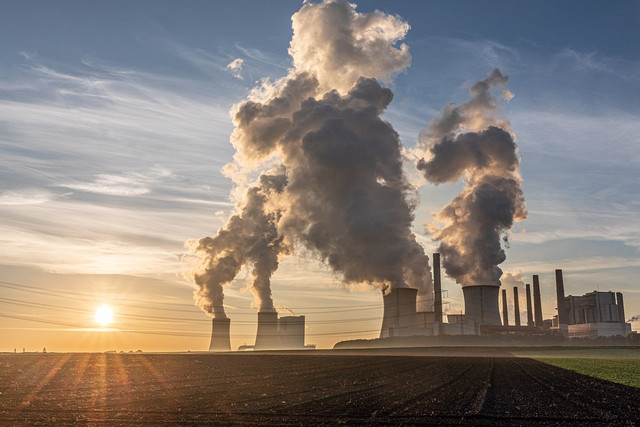


Regular plastic plates share many features with wheat straw plates. They are composed of large repeating molecules called monomers. When these individual molecules are joined together, they become polymers. This is the basic structure of most plastics.
However, regular plastics use monomers derived from fossil fuels. Unrefined oils are chemically treated to produce polymers. However, in doing so, they not only expend fossil fuels to process the plastic but also discharge large amounts of carbon dioxide into the atmosphere. Moreover, since this plastic does not degrade, it can remain on the earth for hundreds of years, adding to this pollution.
In contrast, bioplastics come from renewable sources and degrade far faster than regular plastic. Wheat-straw-based plastic can be composted in 50 days. However, it depends on the type of plastic produced. Typically, a compostable product must degrade in under six months to be classed as such. Some bioplastic structures, particularly those that undergo extensive processing, can take much longer to degrade.
Long-lasting bioplastics include:
- BioPE (bio-polyethylene)
- Bio-PP (bio-polypropylene)
- Bio-PET (bio-polyethylene-terephthalate)
- Bio-PTT (bio-polytrimethylene terephthalate)
- Bio-PA (bio-polyamide)
All these plastics are sourced from biological materials like wheat straw and are commonly used in packaging and drinking bottles. However, they are not considered biodegradable. Making these plastics relies on converting the wheat cellulose into sugar using bacteria, acid or solvents. The sugars are then fermented. This creates ethanol molecules that are joined together to form polymers.
The problem is that, like regular plastics, ethanol bonds are tough to break. They are resistant to water, heat, and composting. In other words, these bioplastics will likely last just as long as regular plastics, contributing to landfill pollution. To give you a sense of the timescale: in some studies, a single polyethylene sheet shows only partial degradation after 32 years.
Wheat straw plates and dishware can be made from biodegradable or non-biodegradable bioplastic. It’s important to distinguish between the two. So, always check the materials your dishware contains.
- Non-biodegradable bioplastics: This type of plastic is typically used for long-life household wares, like dishes and containers. They will easily last 10 to 30 years.
- Biodegradable bioplastics: More often used for temporary items, this plastic is standard in takeaway containers, straws and disposable plates. They can still be reused, heated and washed, but may only last a few weeks or months.
Pros and Cons
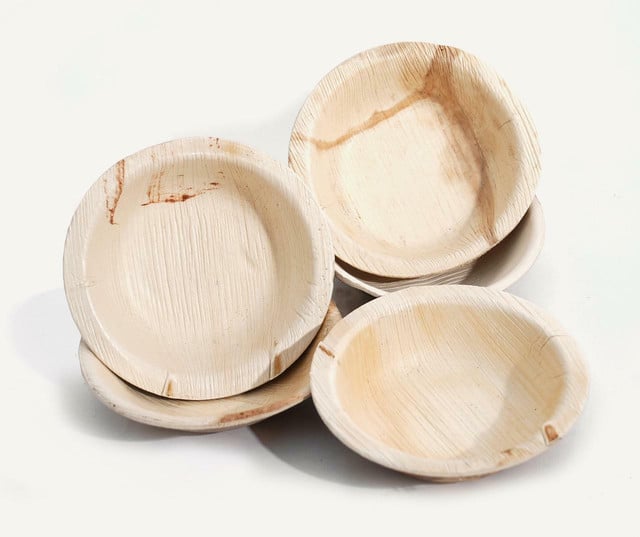


Pros:
- Low carbon footprint. In comparison to fossil fuels, bioplastics produce far less carbon dioxide. Estimates suggest a move to bioplastic could reduce GHG emissions by 25%.
- Renewable sources. By using biological matter, bioplastics can be used and naturally replenished. In other words, they are sustainable.
- Reduced food waste. Globally, 1 billion tons of agricultural and food waste are produced yearly. By utilizing the leftover parts of plants and food we don’t want, we can turn them into something productive, avoiding waste.
Cons:
- Bioplastics are expensive. Generally speaking, bioplastics and bio-based plastics are more costly than regular plastics.
- Not always biodegradable. These plastics may come from renewable sources, but they end up in the same place as most plastic — the landfill.
- Not completely carbon neutral: Despite the lower emissions of wheat straw bioplastics, the machinery used to create the end product is still powered by burning fossil fuels.
- Short lifespan: As discussed, biodegradable wheat straw plates are usually only designed to last a few months. The alternative (the non-biodegradable kind) will last longer. Unfortunately, that isn’t always a good thing.
Should We Switch to Wheat Straw Plates?
In short, it’s clear that wheat straw plates and dishware have their advantages and disadvantages. In the future, bioplastics will likely become more accessible to the market. That will likely reduce the plastic industry’s overall carbon emissions. But, it doesn’t deal with the question of plastic waste. Until we see a shift in this area, it may be worth questioning the sustainability of any wheat straw plates you buy.
That said, they do hold some advantages over plastic plates. Mainly, wheat straw plates come from a renewable source. However, given the price and short lifespan, it’s unlikely wheat straw plates will be replacing your dinnerware in the near future.
Read on:
- BPA and Plastics: What is BPA-Free?
- Go Plastic-Free: How to use Less in 7 Easy Steps
- Zero Waste Lifestyle Guide: Simple Tips Towards Sustainable Living
Do you like this post?







